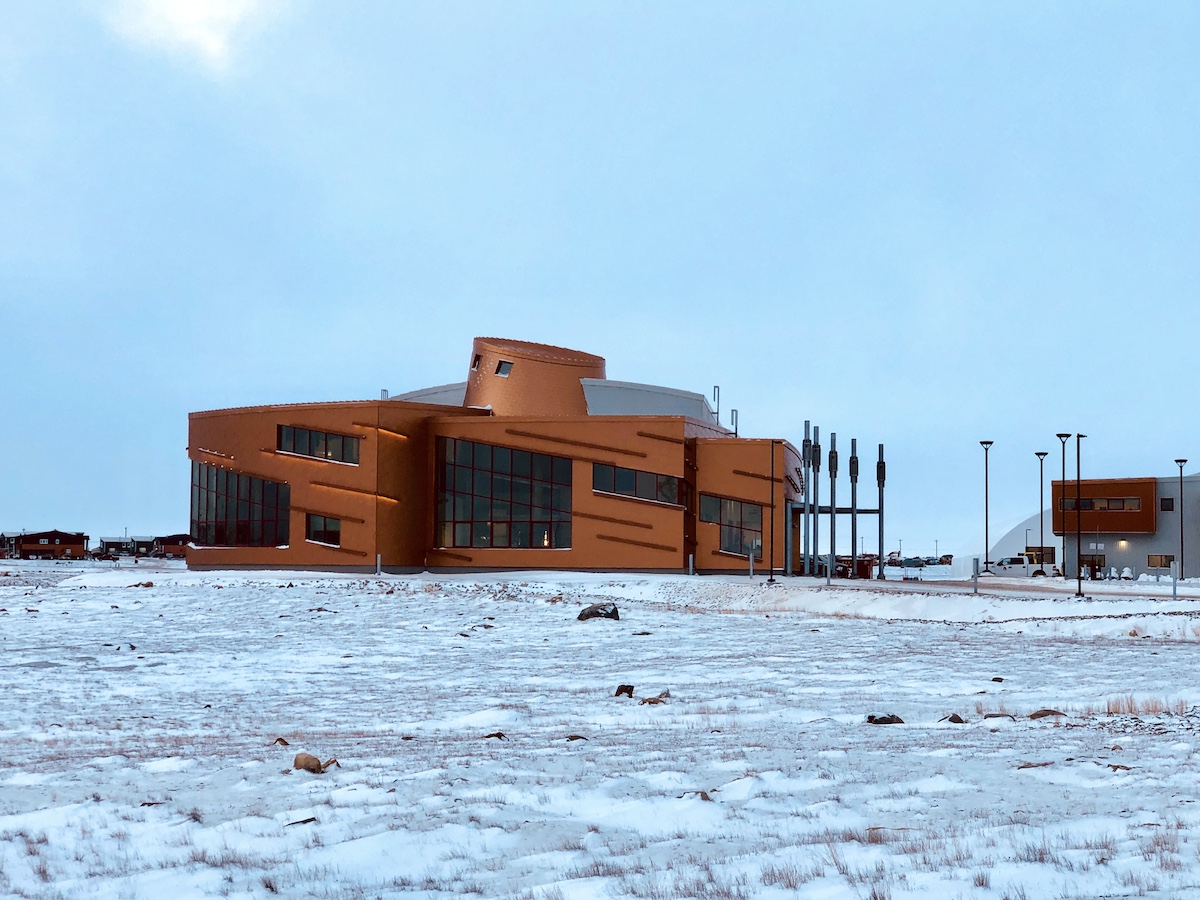A proposed observatory in Canada’s Arctic could provide a long-range look at climate change
The initiative will be housed in Cambridge Bay.

A $4.2-million observatory to monitor Arctic climate change and extreme weather events is being developed in Cambridge Bay, to be housed in the Canadian High Arctic Research Station.
And organizers are counting on people power to help make it work.
That will involve harnessing the power of community by training and equipping Cambridge Bay residents to collect data and maintain the station on the ground throughout the year.
“We hope to … really use the facility and infrastructure to train local people from different communities on specific measurements, and then be able to hire them to take continuous measurements for us while we’re not there,” said Alexandre Langlois, a professor at the University of Sherbrooke and one of the leads on the initiative.
They’re hoping to conduct their first field campaign in April.
The goal of the project — still awaiting approval for research licenses from the Nunavut Research Institute — is to collect temporal data on climate change in the high Arctic.
Temporal data is information gathered over time to compare past and current conditions, and then predict what will happen in the future. It can be used to analyze weather patterns and other environmental changes.
Langlois said that’s needed because many researchers are able to collect information about climate change only during field visits to the region.
So while they are able to collect data from specific areas, they can’t always collect it over a period of time.
Travel restrictions during the COVID-19 pandemic only made that worse.
“Every field campaign or every measurement mission that we do … you have money and you go for two weeks,” Langlois said. “We realized that with COVID, that going there every year to collect data through field campaigns [was not possible].
“If you don’t have access to the North, there’s nothing you can do, and we realized that with COVID, there’s a two-year gap with no data or very little data.”
Data collected through the new observatory will focus on four themes: ecology and snow, hydrology, atmosphere, and permafrost.
Through radar, drones and unmanned aerial vehicles, Langlois said his team of 10 researchers hopes to collect data on “the state of polar regions or the Arctic.”
They will use their findings to create models that will observe and predict climate change in the high Arctic.
That’s essential, he said, because the Arctic is warming much faster than the rest of the world.
Through a collaboration with local communities, Langlois’ team hopes the observatory can be a space for students and researchers around the world to learn more about traditional knowledge.
The initiative is funded by the Canadian Foundation for Innovation and the Quebec government.
“With Inuit participation, merging traditional knowledge and western science knowledge — that’s the effort and endeavors that will be rendered possible with this project,” Langlois said.
“I don’t see anywhere else on the planet that you’ll have such a large, multidisciplinary network that will be permanent on-site in the high Arctic. At the moment, it does not exist.”